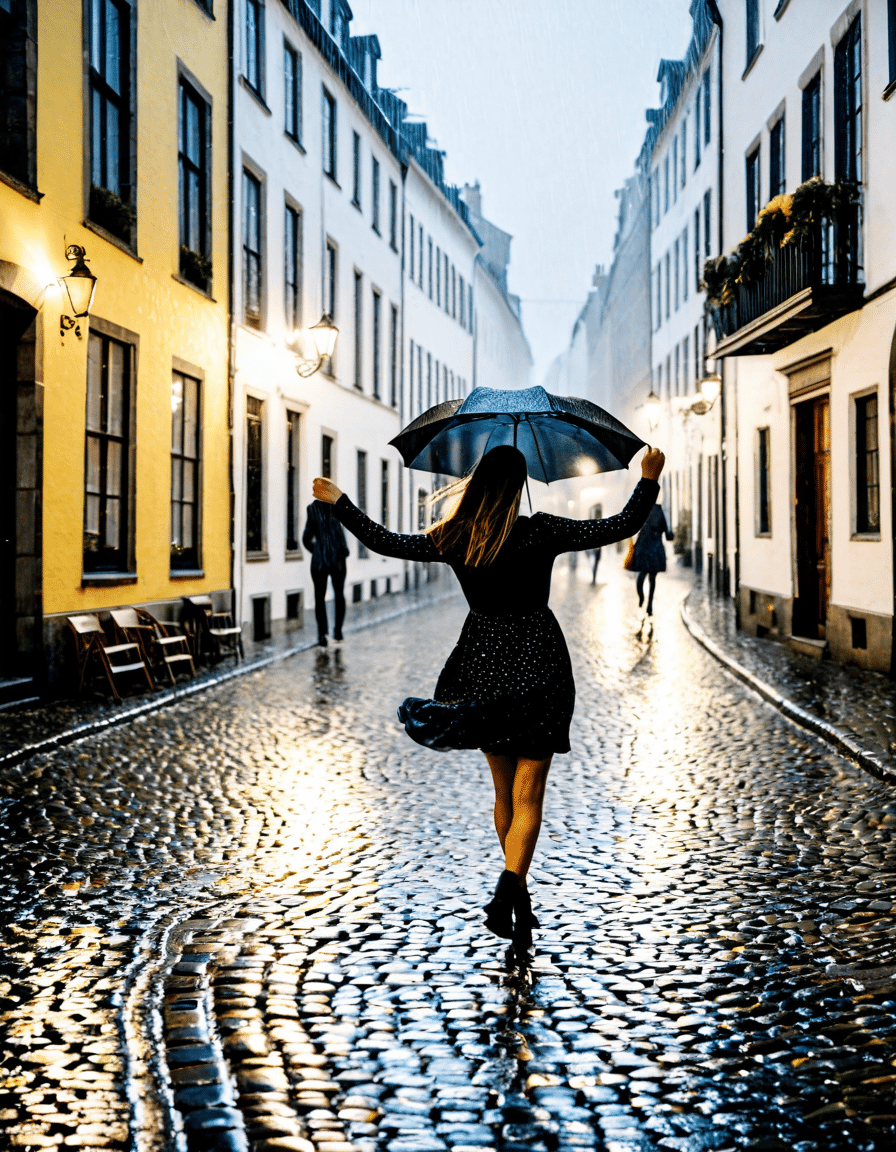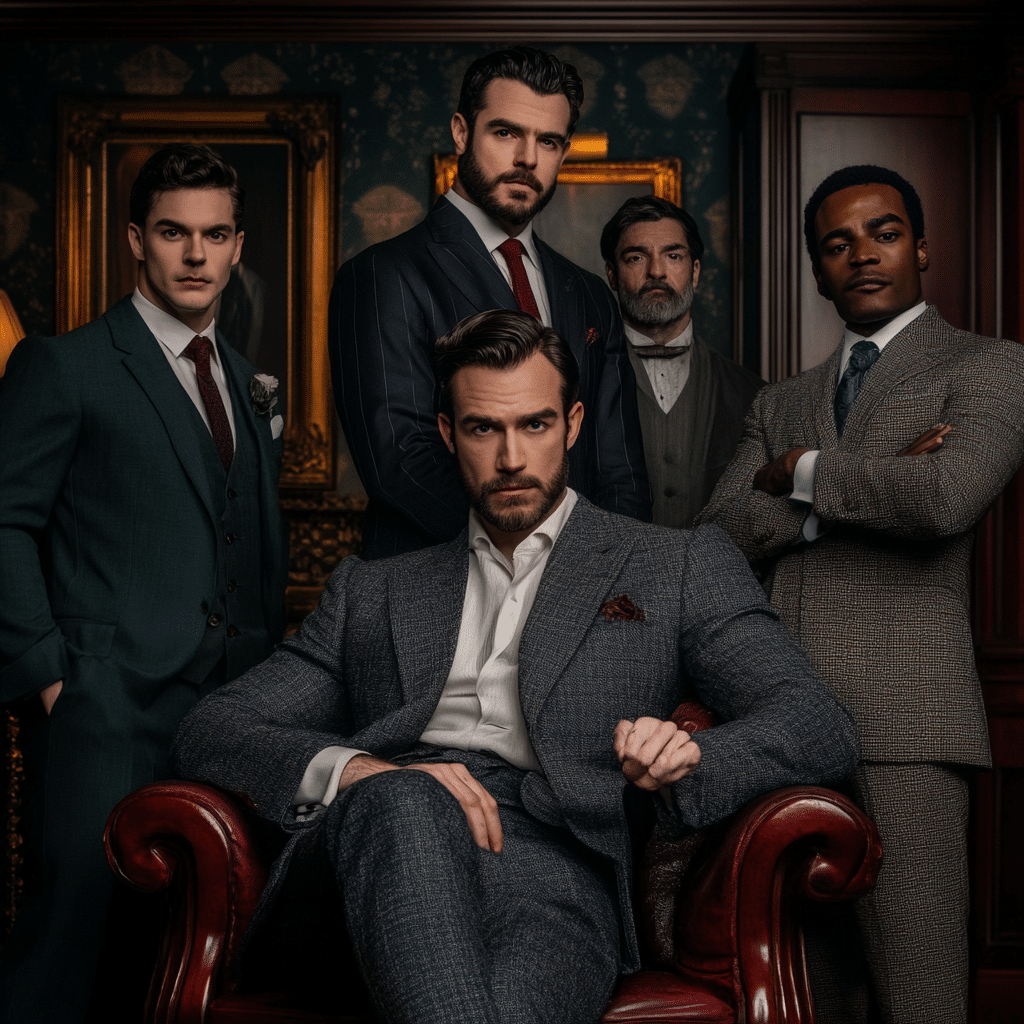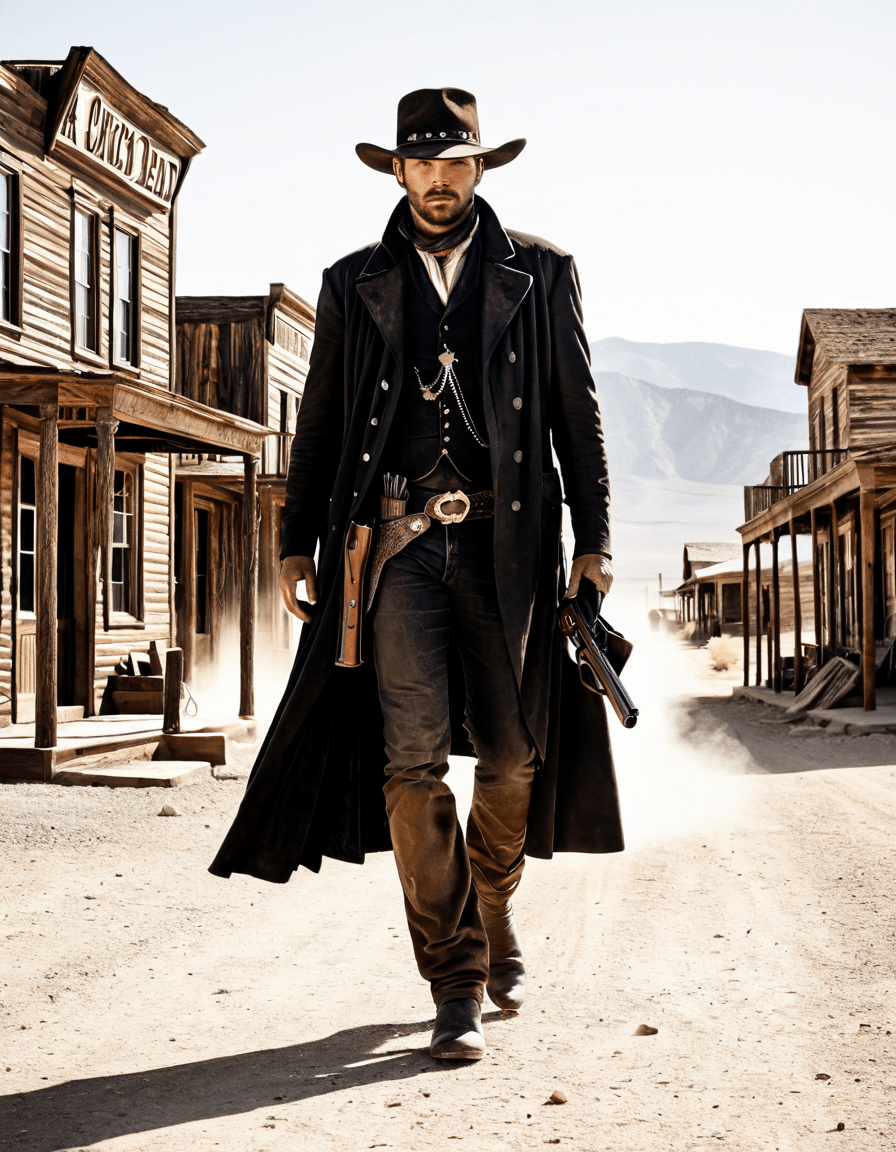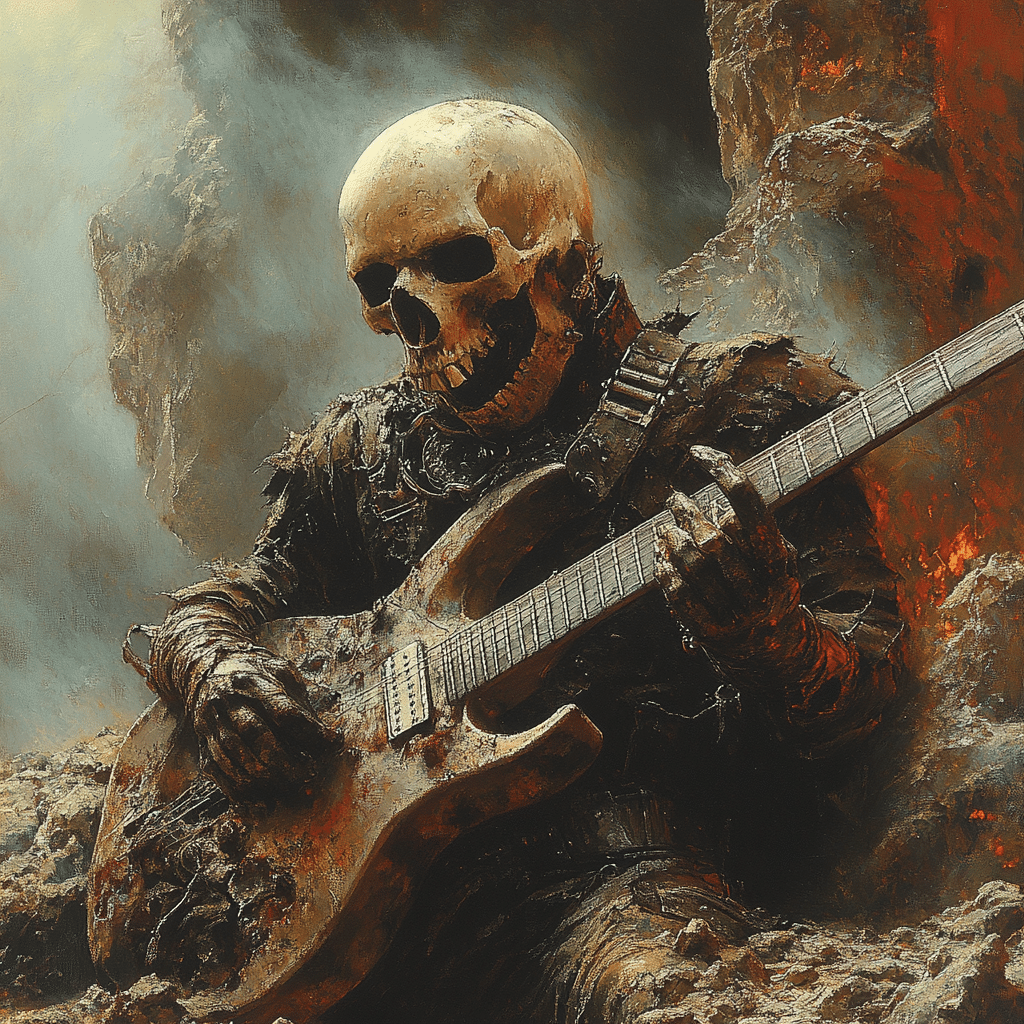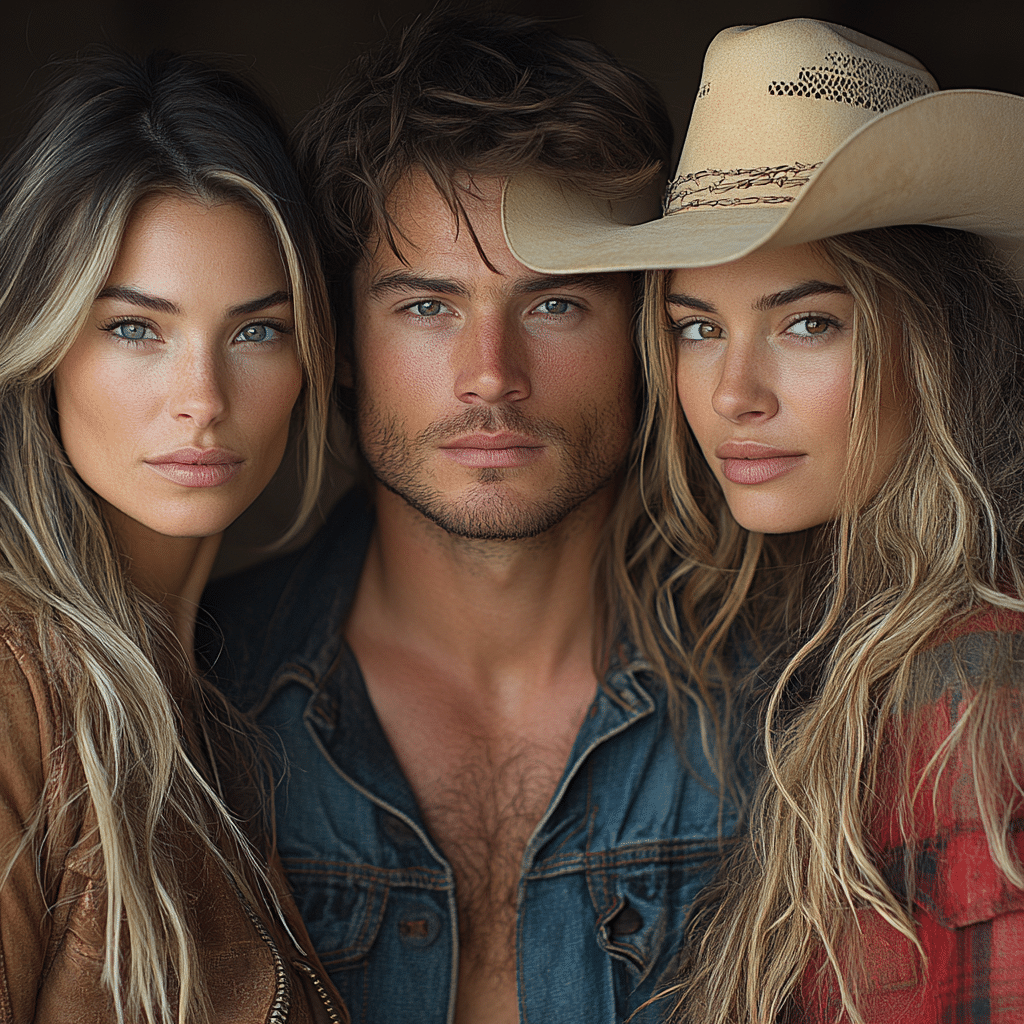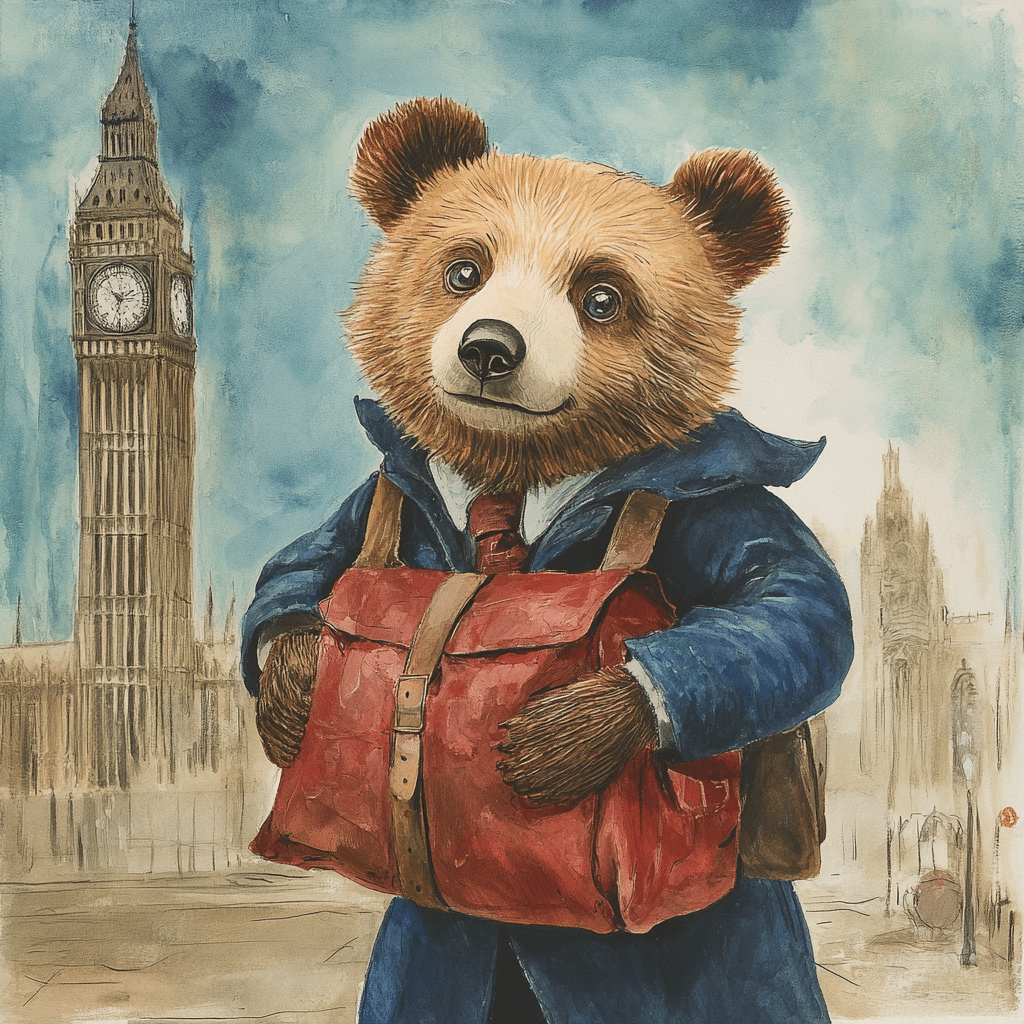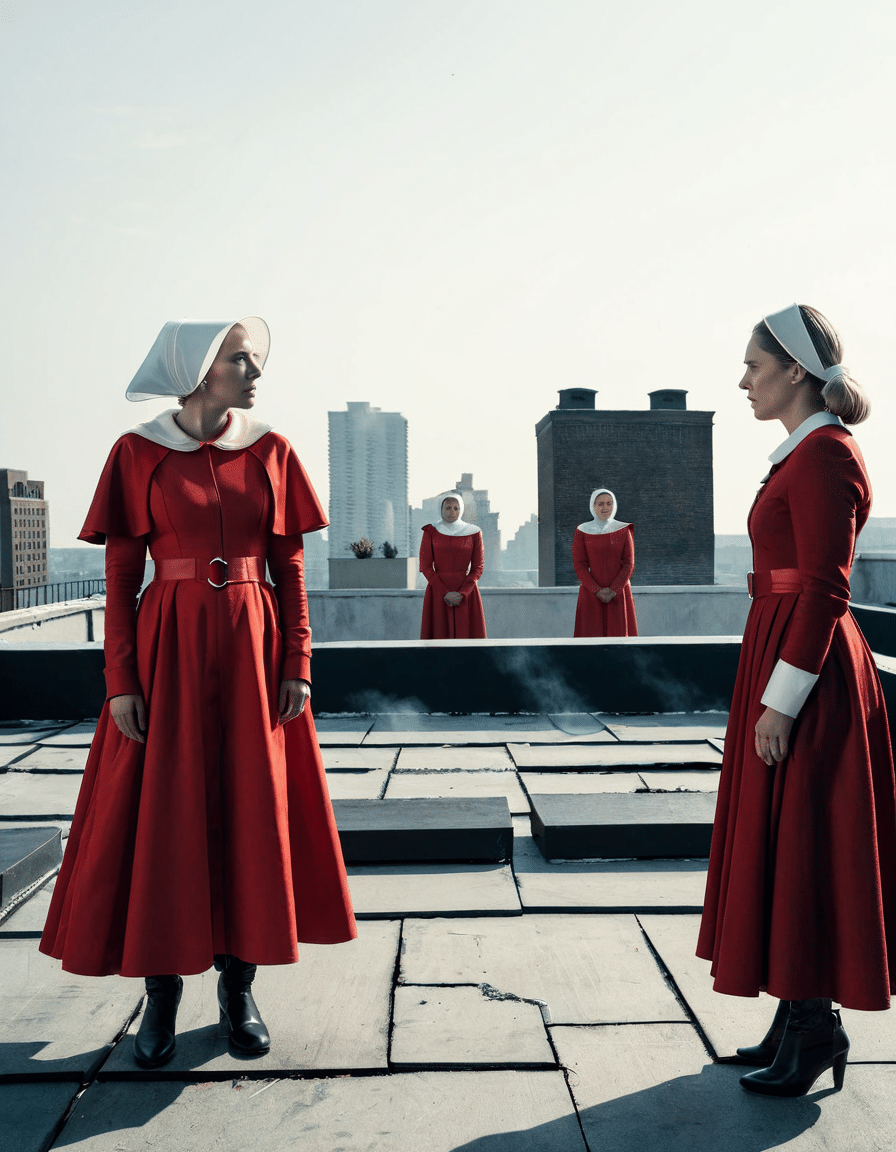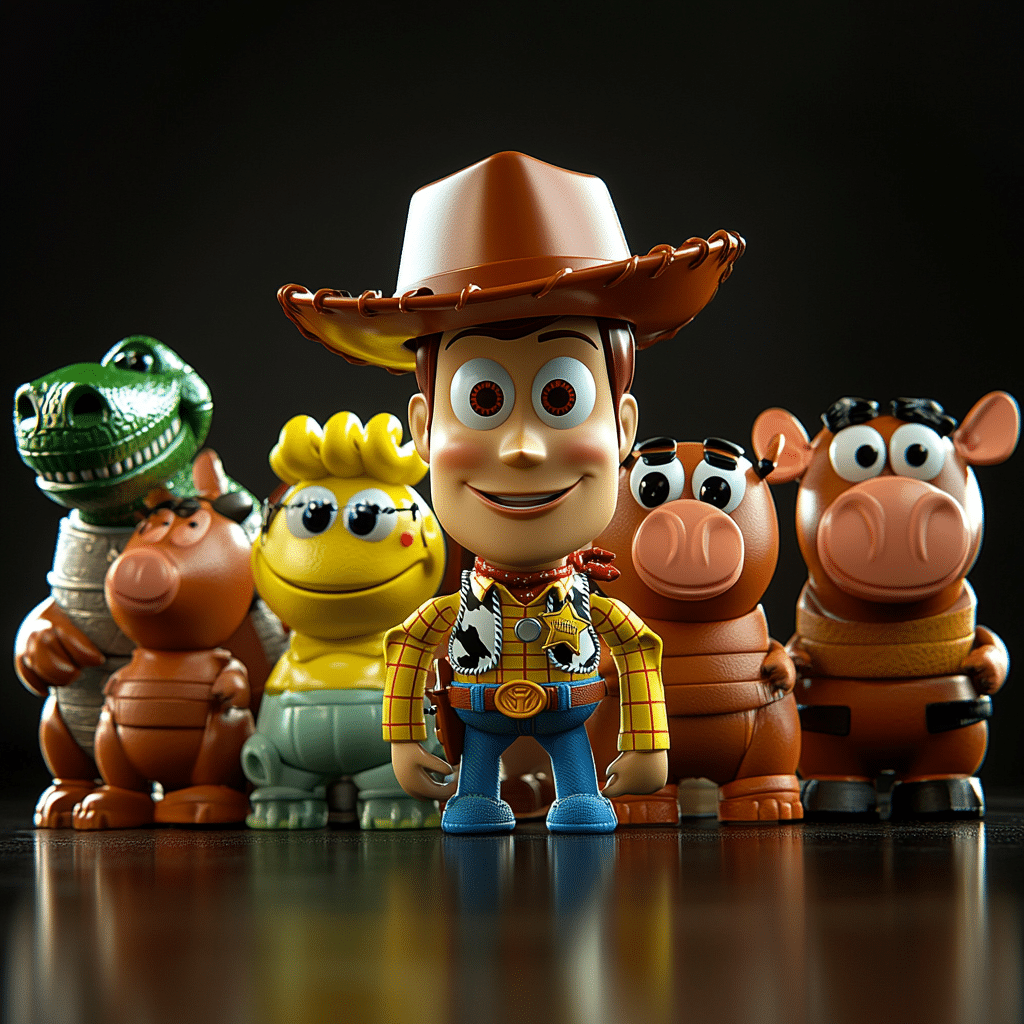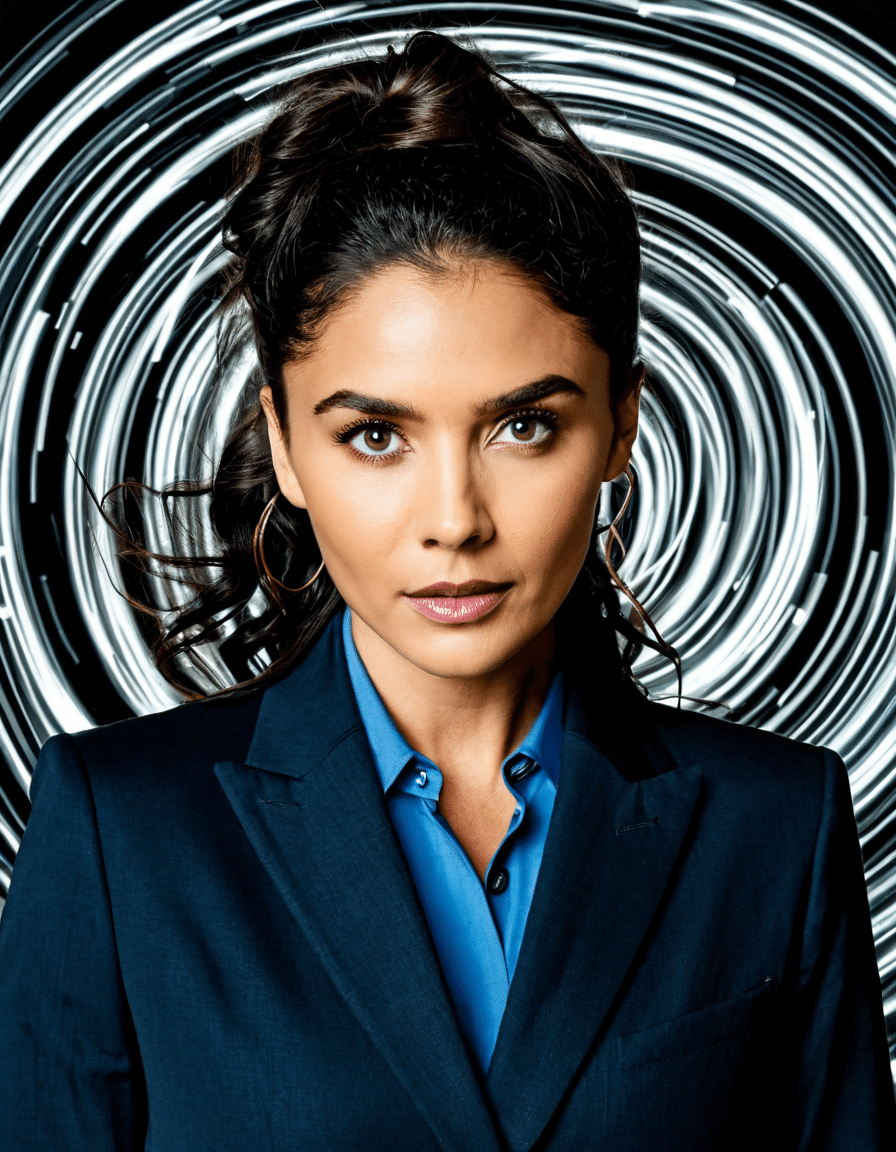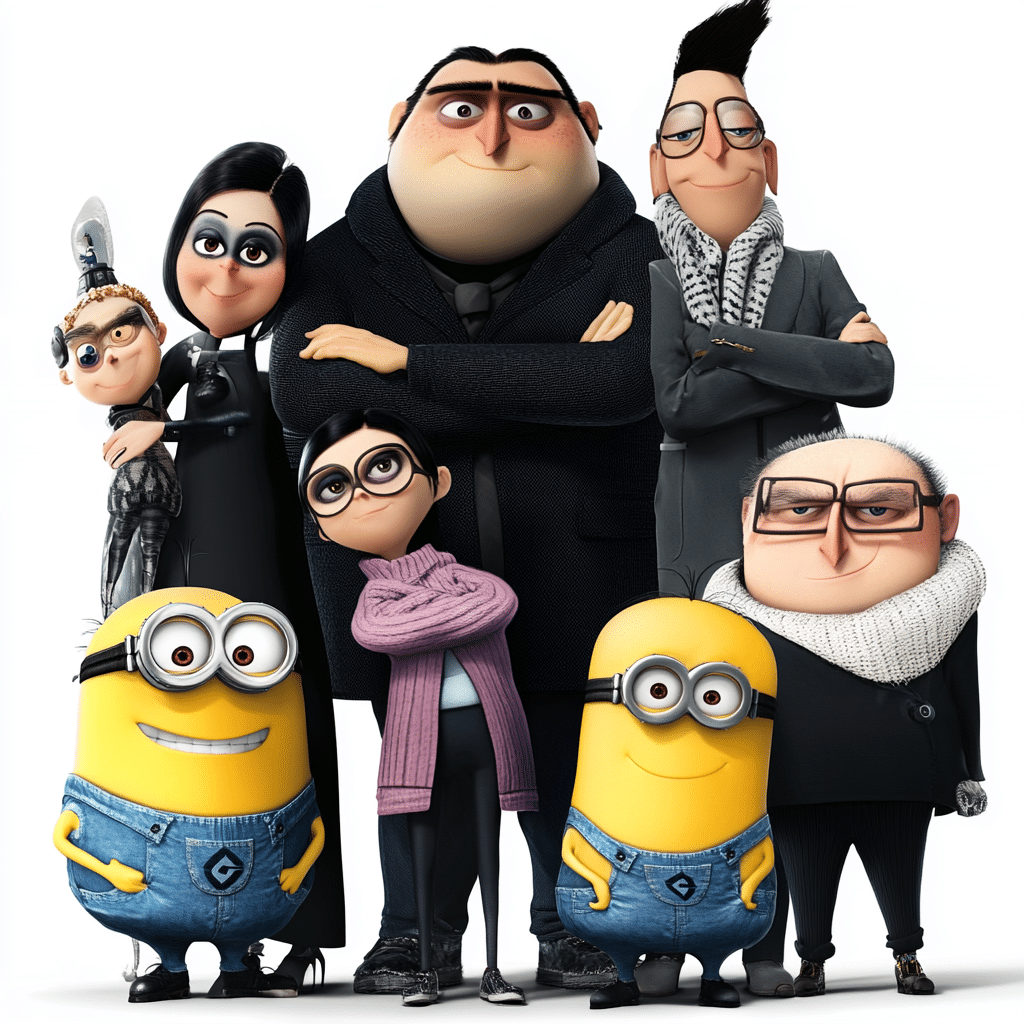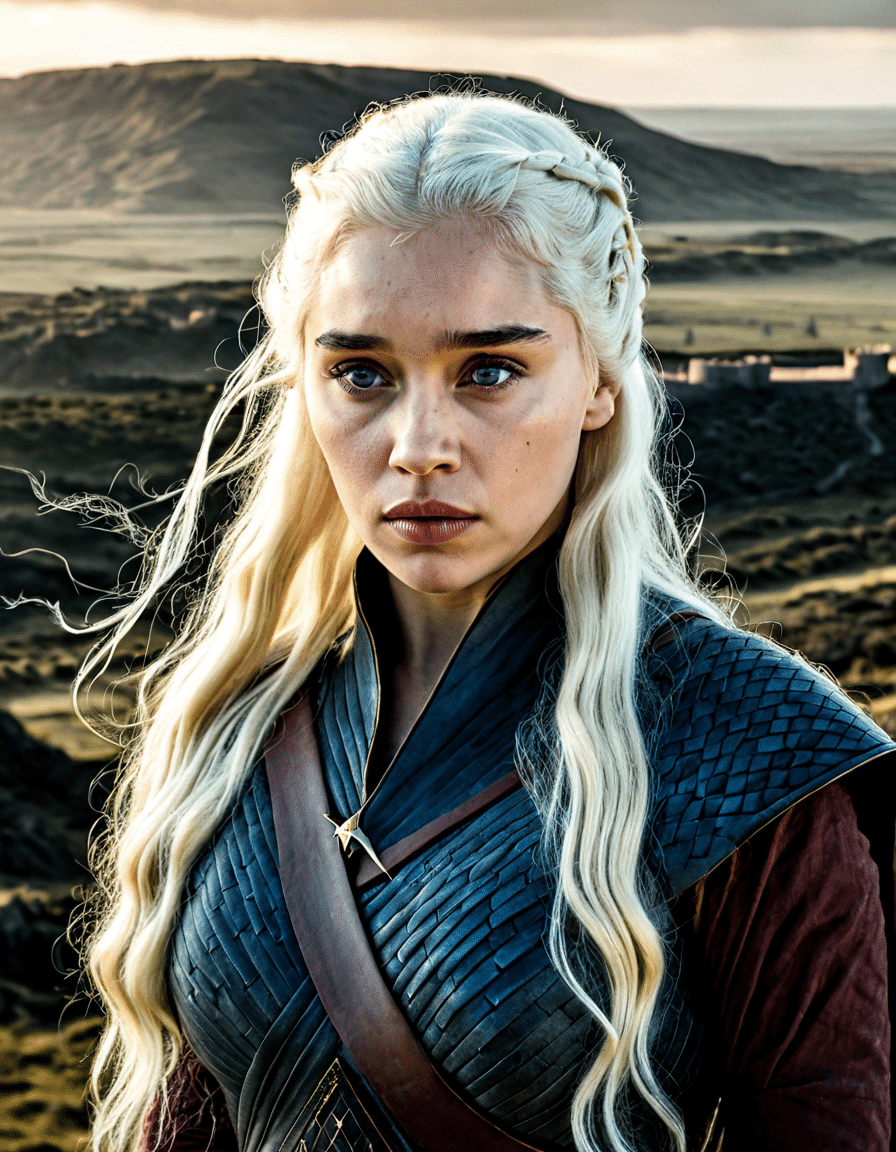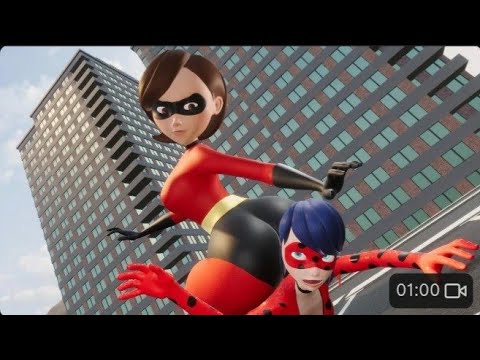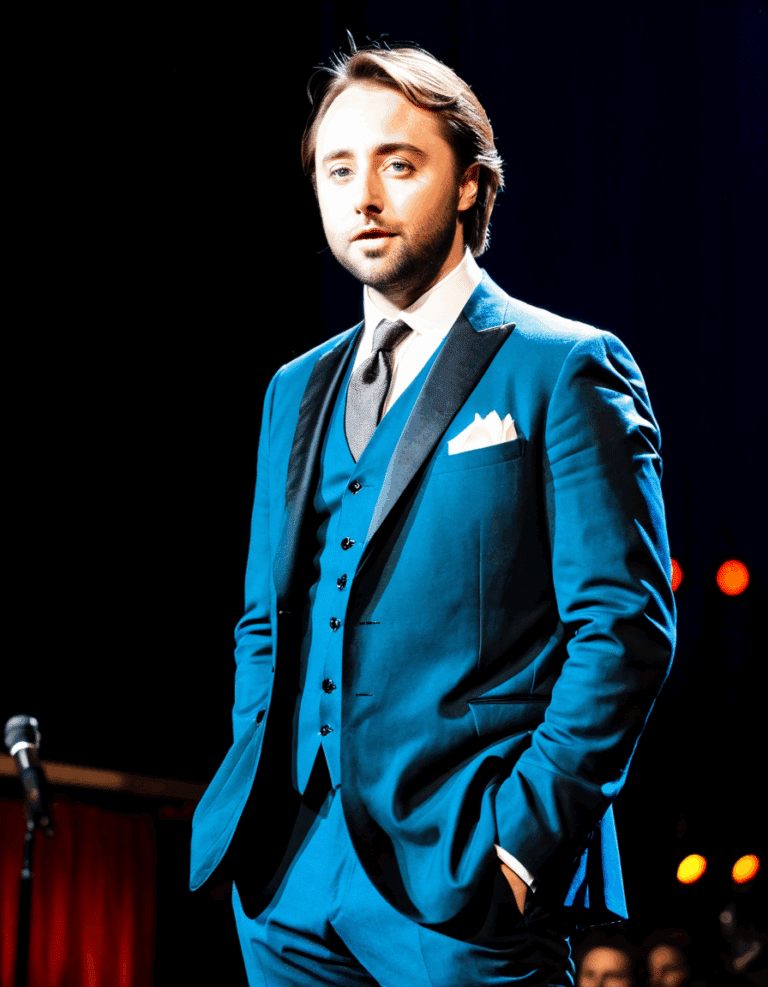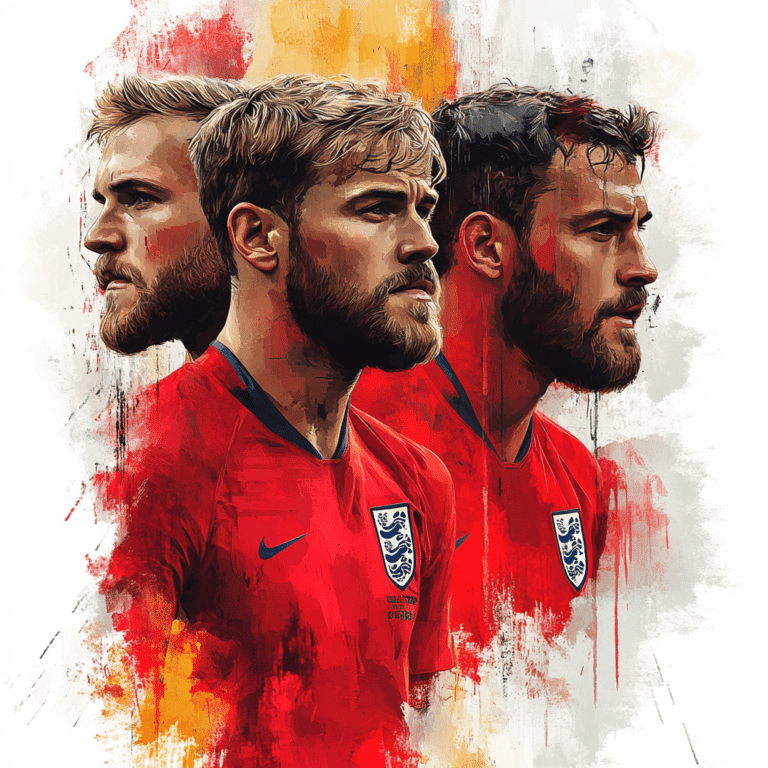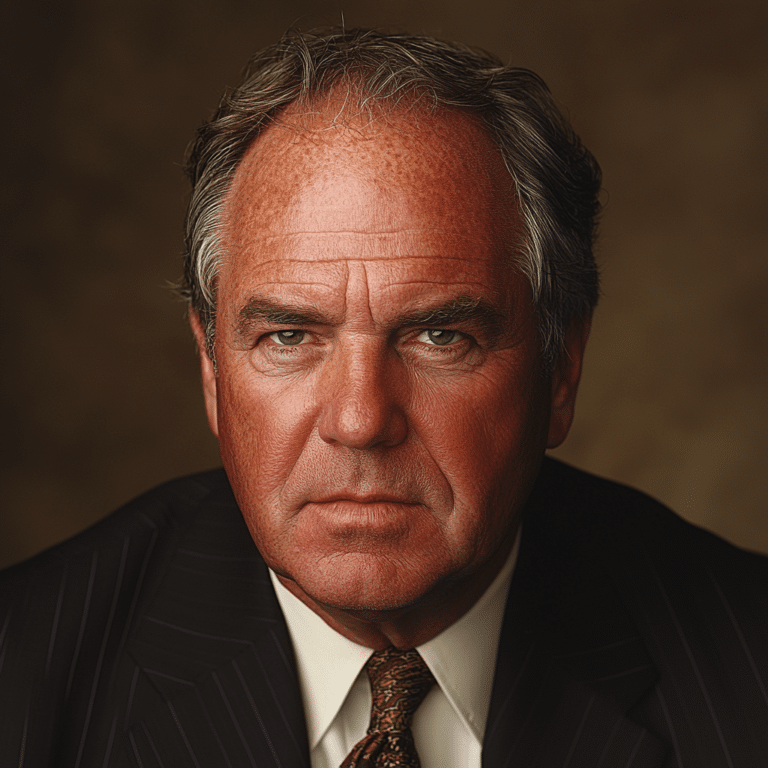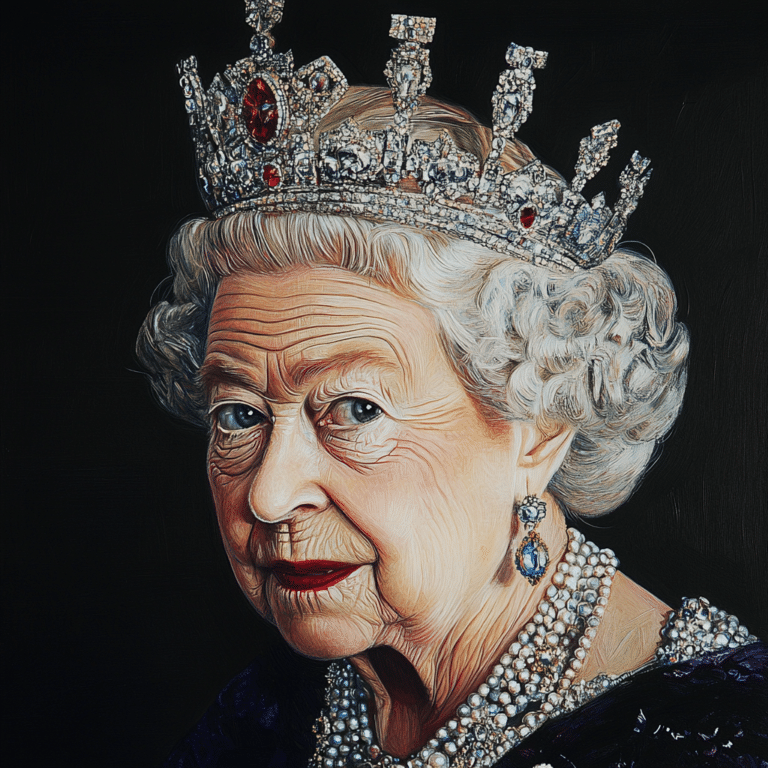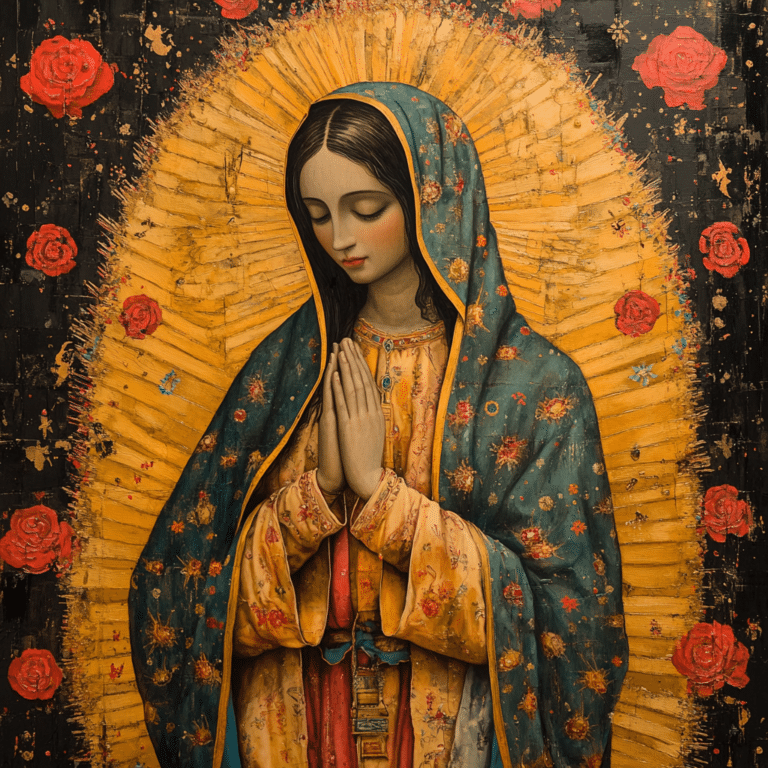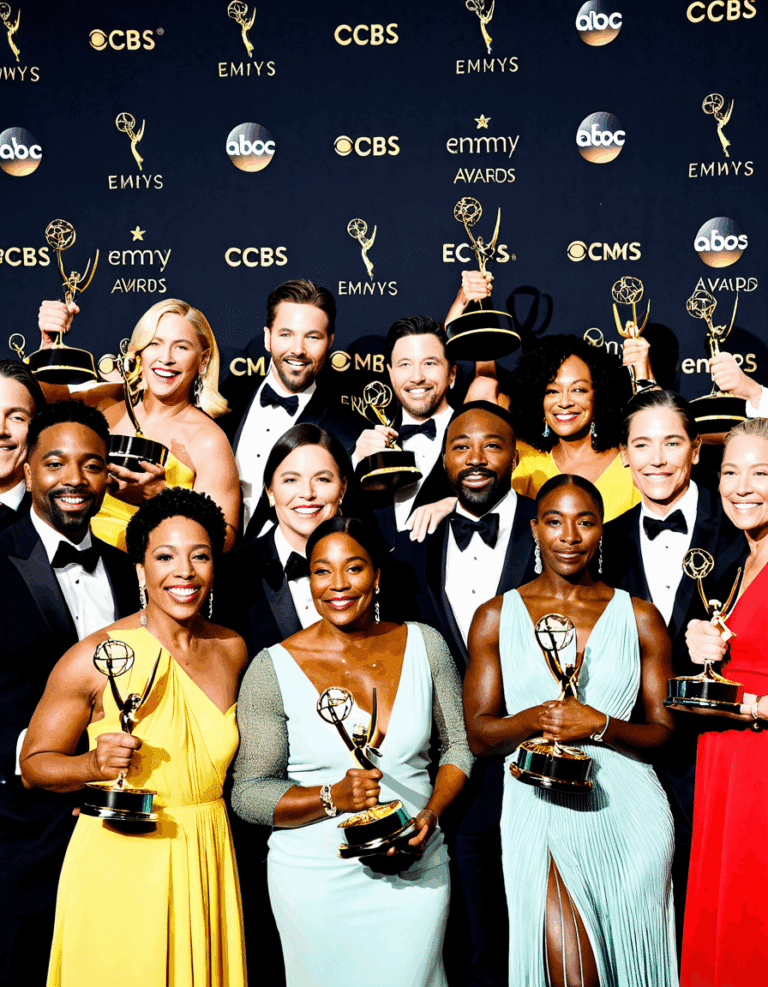With its rich tapestry of interconnected stories, All the Light We Cannot See has captivated readers and viewers alike, allowing for myriad interpretations and emotional journeys. Based on Anthony Doerr’s Pulitzer Prize-winning novel, this story deftly melds the lives of a blind French girl, Marie-Laure LeBlanc, and a German soldier, Werner Pfennig, during World War II. In this article, we explore the elements that make this poignant tale an enduring masterpiece.

Top 7 Themes in All the Light We Cannot See That Resonate Today
The bond between Marie-Laure and her father, Daniel LeBlanc, highlights the lasting impact of familial love and resilience. This theme feels especially relevant today, much like in current shows like This Is Us, which dives deep into personal struggles and the complexity of family connections. It’s as if the creators of All the Light We Cannot See knew we’d be applauding deep-rooted relationships in today’s world.
The narrative poignantly demonstrates the overwhelming physical and emotional toll of war on individuals. You can see a similar reflection in films like 1917 and Dunkirk, where characters grapple with the pain that war inflicts. Every ounce of fear and sorrow rings true as the stories unfold, reminding us that the war doesn’t just paint the battlefield in blood—it stains the heart forever.
Marie-Laure’s journey captures an unquenchable thirst for knowledge regardless of her limitations. In contrast, films like Hidden Figures show how the pursuit of education can challenge societal norms, igniting stories that inspire and empower. Both narratives engage viewers with the transformative power that knowledge—or simply the will to learn—can have on our lives.
Werner’s evolving character arc underlines the moral complexities of survival amidst chaos. Today’s productions, like the Netflix hit The Queen’s Gambit, reveal how determination and strategy pave the way to success, even when faced with overwhelming odds. Just like our favorite chess prodigy, Werner learns that moving a pawn could mean the difference between life and death, love and loss.
The title itself hints at the idea of perception—how we see things both literally and metaphorically. Non-traditional films like Now You See Me and its sequels prompt viewers to reflect on illusions versus reality. Just when you think you have all the answers, the narrative flips, just like a well-executed magic trick, bending the viewer’s understanding of truth.
In All the Light We Cannot See, technology plays a vital role in shaping destinies, especially through the characters’ innovative use of radio. This theme echoes movies such as Ready Player One, where technology serves as both a tool for connection and a source of chaos. It’s fascinating how both narratives remind us that while tech can enlighten, it can also complicate our lives.
Perhaps the strongest theme is the thread of hope that weaves through Marie-Laure and Werner’s tales. Hope in dark times is also a prominent theme in It Starts With Us, where characters confront personal challenges but strive for positive change. The persistent spark of hope is essential, and these stories remind us that even in grave situations, light can pierce through.

The All-Star Cast of the Film Adaptation: It Ends With Us
As the adaptation of All the Light We Cannot See takes shape, the ensemble cast brings a mix of talent and authenticity to the screen. With actors like Mark Ruffalo playing Daniel LeBlanc and the talented newcomer Ariana Hauff embodying Marie-Laure, the casting reflects a robust commitment to depth and realism. Such decisions mirror It Ends With Us, where the cast fostered relatability by representing real emotions and experiences, which helps in making the characters unforgettable.
Picture this: Mark Ruffalo, often seen advocating for truth in film, is now tasked with portraying a father who guards secrets and battles life’s uncertainties. That combination scares and excites actors and audiences alike. Plus, having Ariana lead the way as Marie-Laure not only connects audiences with her struggles and joys but also showcases the fresh talent emerging in Hollywood.
It’s essential to applaud the creative team behind the casting decisions. They’ve put together a diverse lineup that ensures each character resonates deeply with the audience, enhancing the storytelling. Just as in the film Set It Up, where the chemistry between the leads makes it enjoyable, the dynamic among this cast will undoubtedly spark compelling moments on screen.
The Legacy of the Story and Its Cultural Relevance
All the Light We Cannot See holds firm cultural relevance—not just because of its gripping narrative but also because it touches on contemporary issues like human rights, technology, and empathy. It articulates the need for honesty in storytelling, urging creators to explore topics that resonate with audiences today. As viewers become increasingly discerning, narratives like Doerr’s shine a light on human experiences that are often neglected.
This story feels like a breath of fresh air amid a sea of repetitive themes and content. It’s a reminder that good storytelling transcends time. We need tales that challenge our assumptions and encourage understanding while promoting compassion and connection, which All the Light We Cannot See achieves with grace.
As we look towards the future of storytelling, narratives that resonate with timeless human emotions will continue to capture our hearts. More than ever, we crave stories that reflect complex realities, just as the characters of All the Light We Cannot See do. We must recognize that their struggles echo our society’s challenges, making this narrative both relevant and necessary.
Innovative Narratives in Modern Cinema
In an era where storytelling techniques evolve rapidly, the blend of historical context with personal narrative featured in All the Light We Cannot See sets a standard for what adaptations can achieve. Films like Now You See Me 3, which delve into the intricacies of narrative structure, evidence that audiences now crave layered stories that go beyond surface-level drama. The success of these stories reinforces the importance of deep character exploration, which is crucial within Doerr’s work.
This excitement surrounding the new adaptation offers a fantastic opportunity to analyze how stories can shape our understanding of history. With art imitating life so intricately, creators can draw lessons from complex narratives while keeping the essence of the original story alive. And if you throw in some thrilling twists, like those in Now You See Me 2, it creates a cinematic experience that keeps viewers glued to their seats.
As we witness the transformation of nuanced narratives to the screen, it becomes clear that stories like All the Light We Cannot See and the upcoming It Ends With Us are not only timeless but remain vital in our collective exploration of the human experience. The allure of these narratives enhances not just our appreciation for cinema, but also the conversations that arise from them—recognizing our shared struggles, hopes, and dreams.
So, whether you’re checking out Rado Watches, looking for the best golf Bags for your next adventure, or just enjoying a good film, remember to dive deep into the stories you encounter. Art reflects life, and the depths of All the Light We Cannot See remind us that together, we can illuminate the unseen.
All The Light We Cannot See: Engaging Trivia and Interesting Facts
The Story and Its Adaptation
The story of “All the Light We Cannot See” is not just a tale of war; it’s a deep dive into the human condition, exploring how hope and love can shine through the darkest times. Did you know that the novel, written by Anthony Doerr, won the Pulitzer Prize for Fiction in 2015? It’s hard to believe how much acclaim works like this can get, akin to the buzz surrounding the latest Saturday Night Fever movie revival. The film adaptation, expected to release soon, is highly anticipated and seems set to captivate not just readers but also movie-goers who enjoy historical dramas.
Behind the Scenes Insights
And guess what? The production team behind the adaptation has gathered a stellar cast, with some interesting choices you might recognize. For instance, Nicole Kidman’s age may surprise you, as she continues to embody profound characters with grace and makes her role in this film even more captivating. The intricate visuals promised in this adaptation are complemented by an equally compelling score, rumored to feature some fresh tracks reminiscent of the Andrew Tate theme song vibe. This blend of sound and storytelling elements aims to draw audiences intimately into the characters’ struggles, reflecting the light they can’t see.
Thematic Depth and Symbolism
One fascinating aspect of “All the Light We Cannot See” is its symbolism surrounding sight and sound. The story intertwines the lives of a blind French girl and a German boy during World War II — a powerful metaphor for connection in a fragmented world. Interestingly, just as some folks are turning to intermittent fasting by age chart methods to enhance their wellness, the characters seek connections beyond their immediate realities, often leading to surprising revelations. It leaves us pondering how many relationships are built on the things we can’t see.
So as we buckle down for the film’s release, it’s worth pondering the ways this story reinforces our understanding of empathy. Not only does it remind us of the past, but it also encourages us to recognize the New Edition of relationships, where we seek and cherish deeper connections despite external turmoil. It’s a timeless theme that resonates now more than ever!
